
OR
Opinion
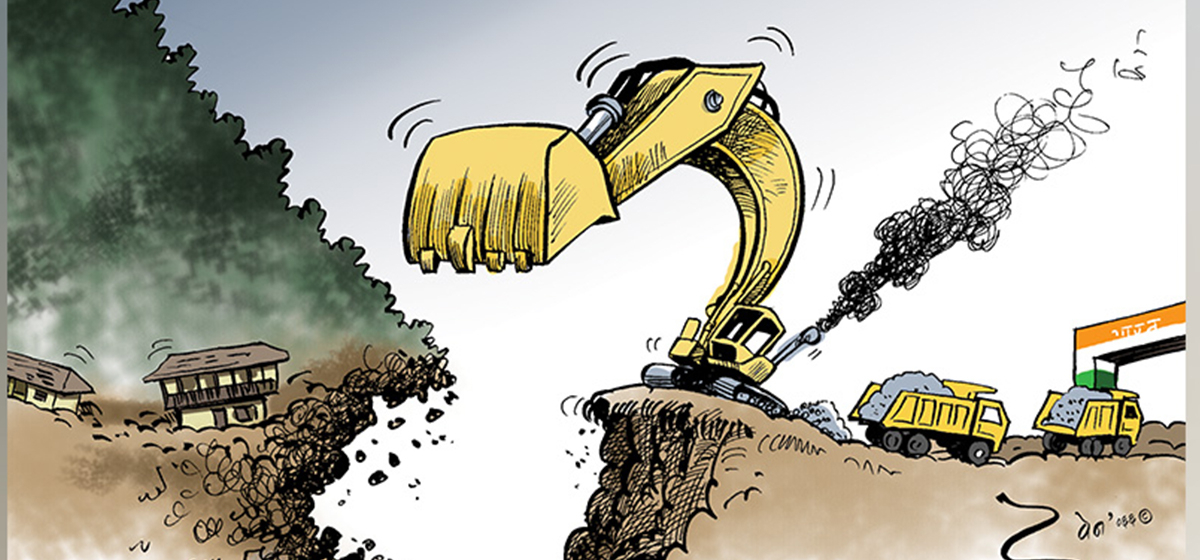
More from Author
- Why Federalism has Become Risky for Nepalese Democracy
- Hunger is a Serious Problem in South Asia
- Tourism Can Be A Catalyst For Change in Karnali Province
- Nepal’s Southern Border Has Become An Open Regional Crossroads
- Opening a new gateway for Kailash Mansarovar Yatra through Nepalgunj-GunshaNagari flight
As the monsoon rain has started in Nepal, it would be a boon for agriculture especially for paddy plantation. Moreover , people would somehow get relief from the extreme heat with the onset of rainfall. These are the good news of monsoon rain and the bad news is that the damage and destruction of road and bridges, landslides in hills and inundation in agricultural lands, and human settlements and loss of human life and property would last for at least the coming three months.
As both natural and manmade causes are responsible for such devastations in Nepal, the other causes of floods and destruction are increasing deforestation, climate change, construction of roads, airports, and expanding human settlements. In the name of modern developments, the natural resources of the country have also been badly destroyed. The damage to the nation is much more severe as the floods have swept away bridges, roads, transmission lines, and other infrastructures, whose reconstruction will cost Nepal trillions of rupees.
Moreover, the excess exploitation of reverbeds of Chure range has been one of the major causes of desertification and floods in the Terai region. All three tiers of government are committed to Chure conservation, but they see Chure as a strong source of income. In this year's budget, the federal government has planned to open export of stones and pebbles from the Chure region, which was closed for exports since June 2014. It would not only destroy the natural vegetation of the Chure region but would also stop the flow of water sources in agricultural lands.
The Chure range occupies 12.78 % of the total land area of Nepal. Unchecked extraction of resources from the Chure range has directly affected the quality of rivers flowing through it. The increasing excavation in Chure has weakened the base of the river due to which trees, gravel, sand, pebbles and stones among others pile in various rivers of Tarai, increasing the level of the water.
There is another serious cause of yearly catastrophe in Terai of Nepal, which is more grave than Chure excavations, but hardly becomes an important news – it is the inundation of agricultural land and residential areas in the Terai during monsoon season caused by river blockade infrastructures constructed by India parallel to the border with Nepal. Every year, it kills hundreds of people, destroys thousands of houses, renders millions of people homeless, destroys thousands of acres of croplands and wipes out many more infrastructures.
Until now, India has constructed dams, embankments in 18 places adjoining the border with Nepal. As for examples, an yearly inundation problem could be seen in bordering Kapilvastu district of Nepal due to India’s Mahalisagar Dam. The Bairganiya ring dam is causing complete inundation in Nepal’s Rautahat district. Due to Indian infrastructures blockade of the Holiya and Santari rivers in Banke district, half of the Narainapur rural municipality faces inundation each year. Moreover, due to the Laxmanpur dam on the Indian side, the Rapti river spreads heavy water in vast lands in western Nepal’s Terai.
India constructed Kalkalwa Marginal embankment within 300- 500 meters distance from Nepal’s border in 2000. This 22 km long, 5-meter-wide and high embankment stops the natural flow of Gandhaili, Sutaiya and Dunduwa rivulets in Banke district of Nepal. There are many more Indian border structures which have completely or partially stopped the natural flow of rivers from Nepal to India.
It has been proved that embankments are not permanent solutions to control floods; they only shift a problem from one place to another. They cannot control floods. For example, the Koshi river broke its embankments and changed its course to almost 120 km to the east in 2008.
Officials reported that more than 6.7 million people in India and 2.5 million people in Nepal had been directly affected by the floods and inundation in that year. As the Nepali side has been suffering from floods, the situation of Bihar and Uttar Pradesh is not very different.
No one can stop the natural flow of the rivers. The only solution is that until India realizes this fact. Until then, both the countries will be suffering from this shared issue.
The Indian central and state governments of Bihar and Uttar Pradesh always deal with Nepal in a light manner concerning floods, ignoring that it is a shared problem. This issue is neither a question of being a small and big nation nor its political agenda always trying to be in the upper hand.
And if there is intense pressure from the people, Nepalese authorities use the word ‘diplomatic channel will be used to solve the problem.’ And at the local level, the problem is that some regional political parties of the Terai hardly oppose this issue, while the Madhesi people are the prime sufferers from this catastrophe. Only the affected people and some media and social organizations oppose it on a small scale during the monsoon, no one cares for their permanent sufferings.
However, people must forget the pain in the winter because they are helpless.
Nepal and India have a Water and Energy Commission Secretariat (WECS) to deal with transboundary water issues. There are some other committees too between Nepal and India like Nepal-India Joint Committee on Inundation and Flood Management, Nepal-India Joint Committee on Water Resources.
However, the meetings and decisions are made at the governmental level, which doesn’t seem to bring any changes to the issues at the local or trans-boundary level.
According to international laws and practices, one country should consult the other country before constructing dams, embankments within eight kilometers of the border. Nonetheless, India has not kept its word in this regard. Nepal’s requests to stop the construction of such structures and to remove the embankment have fallen in deaf ears. And rather than effectively implementing a solution, most of the time it proposes joint inspection of the problem and joint survey as a delay tactic.
Nepal cannot solve this problem alone as it is related to two countries. The only solution is to convince India that no one can stop the natural flow of the rivers.
You May Like This
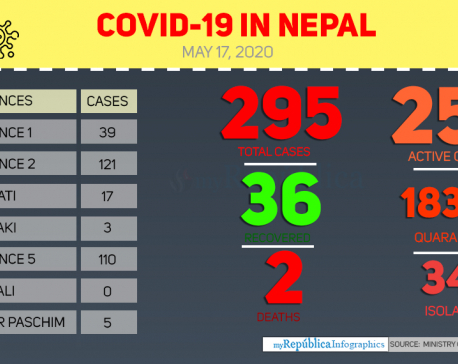
Health ministry confirms three new COVID-19 cases, number of total cases reaches 295
KATHMANDU, May 17: Nepal reported three new cases of COVID-19 on Sunday evening, taking the national tally to 295. ... Read More...
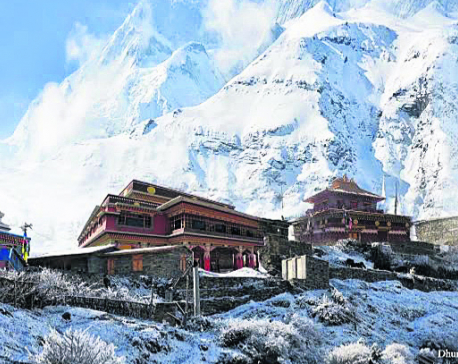
Dhurmus, Suntali to build ‘a Nepal within Nepal’
KATHMANDU, June 5: After successfully completing three settlement projects for earthquake victims and other communities, the actor couple Sitaram Kattel (Dhurmus)... Read More...
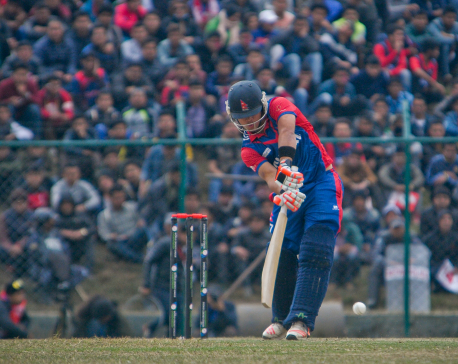
Nepal vs Kenya: Five crucial things Nepal looks for second match
KATHMANDU, March 12: Nepal is taking on Kenya on Monday in the second match of the ICC World Cricket League... Read More...




Just In
- NEA Provincial Office initiates contract termination process with six companies
- Nepal's ready-made garment exports soar to over 9 billion rupees
- Vote count update: UML candidate continues to maintain lead in Bajhang
- Govt to provide up to Rs 500,000 for building houses affected by natural calamities
- China announces implementation of free visa for Nepali citizens
- NEPSE gains 14.33 points, while daily turnover inclines to Rs 2.68 billion
- Tourists suffer after flight disruption due to adverse weather in Solukhumbu district
- Vote count update: NC maintains lead in Ilam-2








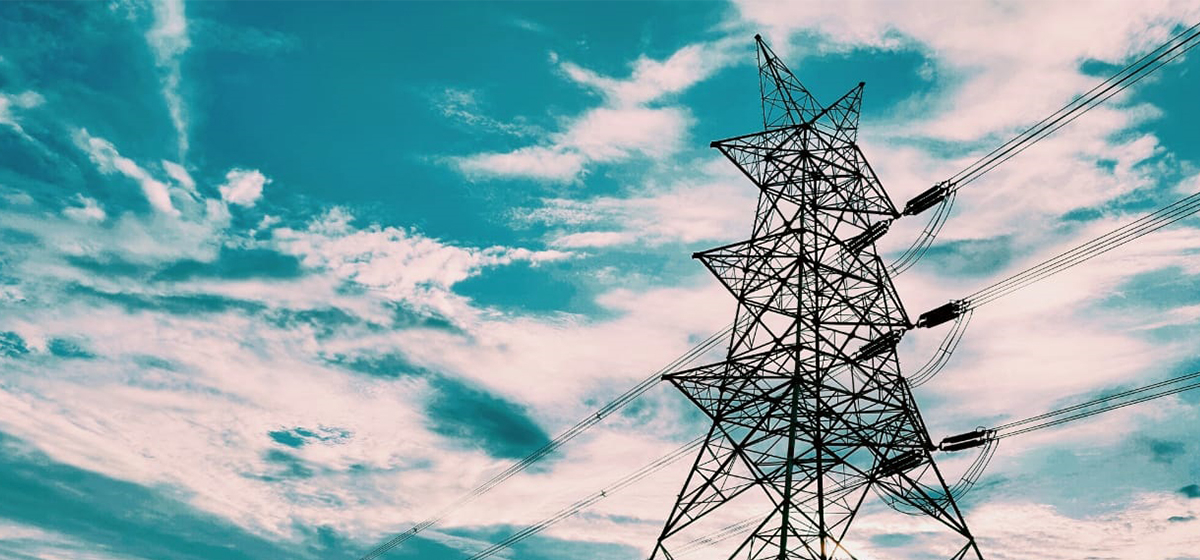




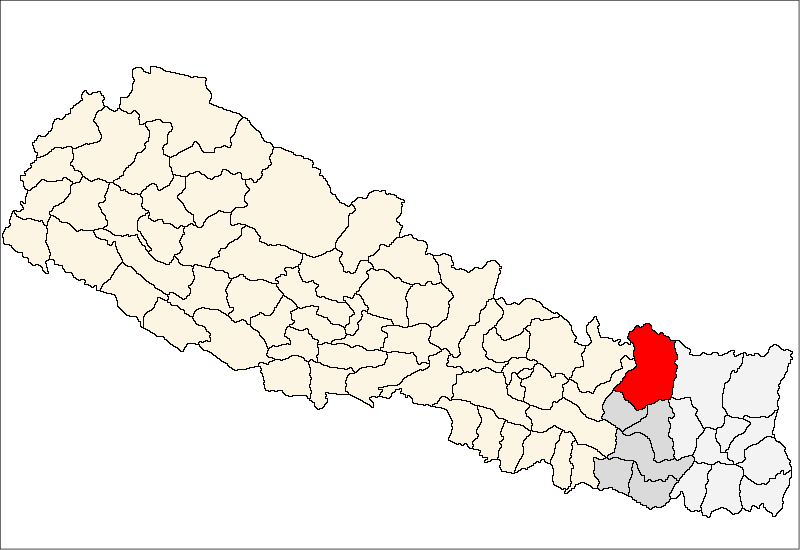
Leave A Comment